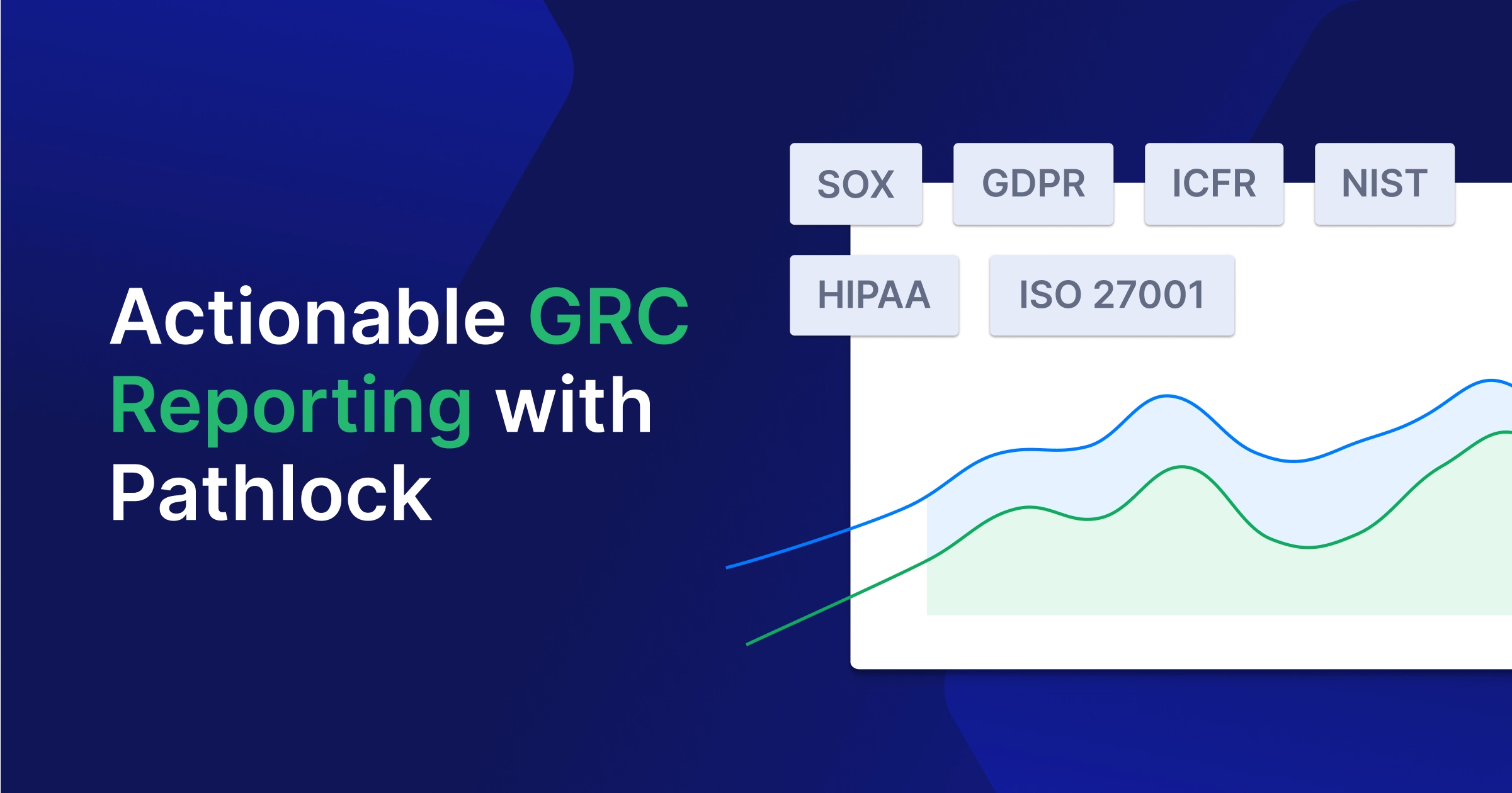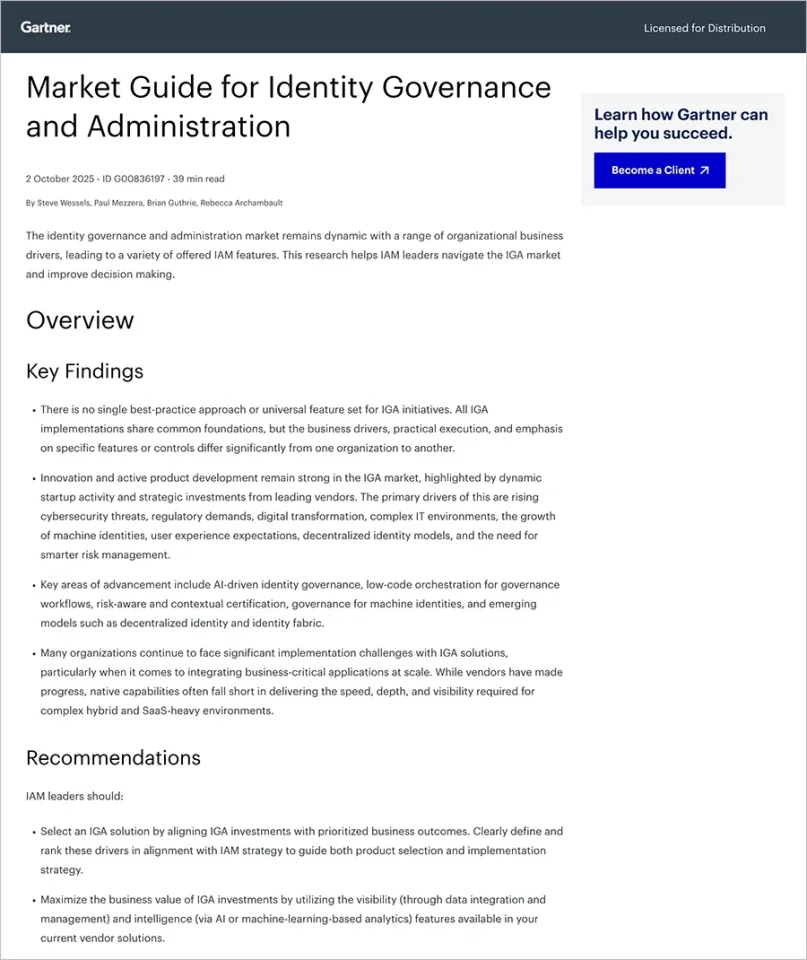In this blog, we will discuss what are internal controls in accounting
What are Internal Controls in Accounting?
Internal Controls in accounting are specific procedures, methods, and mechanisms organizations implement to assure the accuracy and validity of their financial statements.
These controls are the backbone of an organization’s ability to maintain financial integrity, gain trust among the public and stakeholders, and adhere to regulatory and legal standards.
Responsibility for Implementation: Senior Management and the Board
Senior management and the board of directors are responsible for designing, establishing, and maintaining the effectiveness of accounting controls. They set the tone at the top and ensure strong control systems within the organization, creating a culture of accountability.
Crucial Role of Accounting and Internal Controls
Accounting offers a widely accepted and standardized method for classifying and reporting financial information. Accounting is responsible for:
- Recording all financial inflows and outflows, such as revenue and expenditures, provides a clear picture of an organization’s economic activities.
- Recording all financial inflows and outflows, such as revenue and expenditures, provides a clear picture of an organization’s economic activities.
- Analyzing financial data to assess efficiency, profitability, and overall economic health, enabling stakeholders to understand performance and identify areas for improvement.
As future planning heavily relies on historical data, accounting helps develop financial plans and forecasting guides, such as budget creation and financial projections based on past performance.
Adhering to accounting standards helps ensure accountability and transparency to regulatory bodies and stakeholders, maintaining overall compliance.
Provides accurate and timely financial reports that empower executives and managers to make informed decisions based on up-to-date and evidence-based financial information.
Accounting Scandals and Their Root Cause
What happens when the numbers are broken? Infamous examples are:
- Enron concealed its massive debt through complex off-balance-sheet records.
- WorldCom falsified its earnings by capitalizing expenditures.
- Tyco International’s top executives have looted company funds for personal luxuries.
- Hertz was fined by regulatory bodies for overstating its income.
- Lehman Brothers employed accounting tricks and masked billions of dollars in liabilities before collapsing.
- Bernie Madoff executed a Ponzi scheme with falsified financial statements.
While diverse in their specific nature, these scandals share common elements of accounting fraud, such as:
- Fabricated financial documents
- Overstatement of earnings or revenue,
- Concealed unprofitable ventures or debts,
- Manipulation of internal transactions or payroll,
- Misrepresented asset values or liabilities and
- Filed false documents with insurance companies, regulators, and banks.
Weak internal accounting controls are the primary vulnerability that allows such fraudulent activities. When these controls are not appropriately implemented or are poorly maintained, they create opportunities for record manipulation, fraud, or misrepresentation, allowing individuals to exploit the financial system for personal gain or misrepresent the company’s accurate position.
Three Fundamental Categories of Internal Accounting Controls
Internal controls in accounting can typically be divided into three fundamental categories: Detective controls, Preventive controls, and Corrective controls. Each category is essential and unique in securing assets and ensuring financial reporting integrity.
Detective Controls
Detective internal control in accounting is a mechanism designed to identify anomalies and mistakes that have already occurred within the accounting system or business processes. These controls serve as a safety net for catching irregularities and errors after they have happened and may have been missed by preventive controls.
The primary purpose of detective control is to allow accounting teams to discover and correct errors promptly, minimizing potential impact on an organization’s financial statements. These controls provide evidence of the mistakes so that corrective actions can be triggered.
Examples of Detective Controls
- Regularly counting and verifying physical inventory to discover discrepancies between actual stock and recorded inventory levels.
- Conducting periodic assessments of financial records and internal controls by internal auditors and independent external auditors.
- Performing surprise counts of cash on hand to discover theft or misappropriation, which is particularly important for organizations handling large amounts of money.
- Regular comparison and reconciliation of bank statements to internal cash records for discrepancies and comparison of account reconciliation of subsidiary ledgers to the general ledger.
Preventive Controls
Preventive controls are proactive measures to prevent accounting irregularities and errors. They aim to build security measures into processes to minimize fraudulent activities, mistakes, and non-compliance risk. This saves time and resources overall and establishes a strong control environment that discourages unethical behavior within the company.
Examples of Preventive Controls
- Division of key responsibilities in terms of segregation of duties between different employees to prevent a single person from having control over an entire financial transaction.
- Limited access to accounting and financial reporting systems based on job responsibilities to prevent or reduce unauthorized modification or data entry.
- Ensuring that every financial transaction is entered correctly by using double-entry accounting methods with equal credits and debits to maintain the balance of the accounting equation (Assets = Liabilities + Equity).
- Establishing independent oversight, such as a board of directors or audit committees, to reduce the management override of control risk.
- Expense verification regarding proper documentation, such as review of receipts and approvals required for expenditures.
- Establishing security measures to protect assets from theft or unauthorized use, such as access to cash, inventory, equipment, or other assets, by limiting physical access to the place where such assets are stored or used.
- Establish clear and thorough documentation and authorization rules for transaction recording and require appropriate approvals, such as invoices.
Corrective Controls
Corrective controls are steps designed to rectify the irregularities and errors that detective controls have discovered and prevent them from occurring. They are reactive measures that aim to restore the accounting systems to functioning correctly after a mistake is found.
Examples of Corrective Controls
- Conducting physical audits to verify the condition and existence of inventory and assets and identify theft or damage.
- Accounting records should be adjusted to correct irregularities and errors discovered to ensure financial statements are reliable and accurate.
- Assessment and verification of general ledger balances to identify and resolve any discrepancies.
- Taking disciplinary actions against employees who have engaged in fraudulent behavior and violated internal control policies to prevent unethical behavior.
- Revision and update of internal control procedures or policies and addressing any weaknesses identified to prevent the same errors or irregularities from occurring in the future and ensure the internal control system’s effectiveness over time.
Why Internal Controls are Important in Accounting?
The implementation and diligent operation of internal controls are not just a procedural formality in accounting. They are the foundation of a sound and trustworthy accounting system through checks and processes. They are essential for maintaining financial information’s reliability, integrity, and accuracy.
Errors can occur even with automated systems; detective controls are explicitly designed to identify and rectify mistakes and discrepancies in the accounting system.
Internal controls in the preventive category clarify the responsibilities, roles, and authorization levels to promote accountability and transparency, as segregation of duties, which in turn prevents fraudulent activities.
Well-functioning internal controls provide a framework to facilitate internal and external audits with a documented trail of transactions and approvals by reducing the scope of internal controls testing, leading to more accurate and cost-effective audits.
A strong internal control environment promotes ethical operation and reinforces compliance with applicable laws and regulations. It contributes to accounting consistency practices, boosts operational efficiency, and provides reliable data for performance monitoring against implemented targets and benchmarks.
Five Key Internal Accounting Controls
While a comprehensive internal control system encompasses several elements, five crucial internal accounting controls, discussed below, are fundamental to financial integrity.
- Segregation of Duties
- Restricted Access to Financial Systems
- Periodic Reconciliation
- Double-Entry Accounting
- Document Standardization and Approval Authorizations
Let’s look at each of them.
Segregation of Duties
Segregation of duties, also known as separation of duties, is a fundamental principle that ensures no single individual has enough information or authority to complete all phases of financial transactions. Division of responsibilities is essential to avoid accidental errors or intentional fraud.
Examples of segregated duties
Authorization to record and approve financial transactions, meaning that if a person authorizes a financial transaction, such as approving a purchase order, they should not be the same person recording it in the accounting system.
- If a person receives cash payments, they should not be the ones to deposit them into the bank.
- If a person prepares the bank reconciliation, that person should not be the one who records the related transactions or has custody of assets.
- If a person prepares the financial statements, that person should not be the same person who authorizes, approves, or modifies them.
- If a person writes the cheques, they should not be the same person who signs them.
- If a person approves invoices, it should not be the same person who processes the payments.
- To prevent collusion and ensure independent verification, different people should reconcile different bank accounts.
- An accounts payable risk and control matrix should be employed to identify the potential risks for the accounts payable process.
- Online payment services can be used to increase account control, such as using the features of transaction limits, real-time monitoring, and dual authorization.
Restricted Access to Financial Systems
Limiting access to financial reporting and accounting systems based on job responsibilities significantly reduces unauthorized data manipulation, fraud risks, and the potential to conceal illicit activities. Regularly reviewing transaction changes and access logs is crucial to ensure that only authorized personnel are making changes, leading to prompt identification and investigation of suspicious activity.
Periodic Reconciliation
Periodic reconciliation involves regular confirmation and comparison of account balances entered in the company’s books with independent external accounts or data sources to identify discrepancies, such as comparing account receivable balances with customer statements to see if they match, comparing account payables with suppliers and vendors’ statements for match, and matching the company’s cash records with bank statements.
Reconciliation processes also include reviewing bank statements, check logs, and payment registers, as well as reviewing bank activities such as cash deposits, cleared cheques, or wired funds, to highlight any errors and potential fraud for further investigation and corrective action.
Double-Entry Accounting
Double-entry accounting is the foundational principle for the modern accounting system. Every financial transaction must be recorded with two equal credit and debit entries, ensuring the accounting equation remains balanced. The self-balancing nature of double-entry accounting protects against costly mistakes by providing accurate financial statements, helps track liabilities, assets, and equity accurately, and provides a more complete, correct, and reliable picture of a company’s funds and financial position. It ensures that books are always balanced and provides an early warning system for discovering discrepancies.
Document Standardization and Approval Authorizations
Using standard, unique, and pre-designed documents for inventory receipts, purchase orders, travel expense forms, and vendor invoices ensures simplified data entry and consistency in accounting records and reports.
These standardized documents streamline auditing, making spotting missing data, anomalies, errors, and non-standard elements easier. Implementing designated approval authorizations promotes traceability, transparency, and accountability for high-risk activities and significant expenses.
Oversight by the board of directors plays a crucial role in enforcing the internal accounting controls, their duties mostly involve analysis of actual versus budgeted revenues and expenses helps identifying significant discrepancies, reviewing the register check and general ledger helps finding unusual and unauthorized payments, examination of approvals of significant expenditure above a specific limit, and oversight on financial and audit procedures and policies to make sure effectiveness of controls.
Other Internal Accounting Controls
In addition to the five key accounting controls mentioned above, organizations can implement other valuable controls to increase their financial integrity, reduce risks, and maintain operational continuity.
- Periodically conducting reviews of payroll records, which help detect and prevent issues such as incorrect wage rates, unauthorized deductions, ghost employees, overpayments, and incorrect overtime calculation.
- Independent third-party auditors conduct periodic internal control audits to obtain an unbiased perspective and assessment of financial statements and internal controls.
- Establish clear written policies and procedures for handling financial processes such as cash disbursements, expense reimbursements, company credit card use, and procurements.
- Implement a system where more than one individual, as a second set of eyes, can review and approve the invoices to identify errors and unauthorized charges, serving as an extra layer for the payment process.
- Regular, consistent, and secure backups of financial data, either on-premises or in the cloud, are crucial for business continuity and disaster recovery in system failures, cyberattacks, or natural disasters.
Limitations of Internal Controls
Even though internal controls are designed and implemented with successful compliance and security in mind, it is essential to acknowledge that no control system is foolproof and has inherent limitations. These limitations can arise from several factors as follows:
Inherent Limitations Despite Best Efforts
No matter how well-designed the internal controls are, they can only reasonably assure the achievement of an organization’s objectives. They cannot eliminate all fraud, error, or non-compliance risks, as they are subject to human judgment, the possibility of override or collusion, and resource constraints.
Human error
The effectiveness of internal controls relies heavily on human execution. Even if the processes and procedures are transparent, mistakes can happen due to misunderstanding the control procedures, carelessness, oversight, or poor judgment.
It is essential to provide employees with comprehensive training on internal control procedures and policies to minimize human error. Training should cover the importance of controls, performing activities correctly, and detecting and reporting problems. Along with training, effective oversight mechanisms, e.g., regular reviews and monitoring activities, should be implemented to help investigate the errors still occurring despite training.
Breakdowns
System failures, unexpected events, or software glitches can cause the internal systems to fail, such as a natural disaster that could damage physical records, a power outage that could disrupt accounting software from functioning correctly, or incorrect system configurations. These issues can be handled with well-designed technical training programs and disaster recovery plans, such as backing up and restoring data, restoring systems to their original state, or performing manual controls without automated ones.
Too many controls
Implementing excessive or overlapping controls can lead to an ineffective control environment, such as bottlenecks and inefficiencies, breakdown in communication, employee frustration and confusion, and reduced accountability because of unclear responsibilities. A balanced approach is needed to establish collaboration between different departments or functions with clear communication, conduct thorough risk assessments to identify the most critical risks, regularly review and simplify control processes, which can help to ensure that the controls are adequate and are aligned with business objectives.
The Sarbanes-Oxley Act (SOX) and Internal Controls
The Sarbanes-Oxley Act, or SOX, was enacted in the United States in 2002. The primary purpose of SOX is to protect investors by increasing the reliability and accuracy of corporate disclosures made to the public.
SOX introduced many regulations with main titles and sections. The most important ones are section 404, which directly impacts internal controls and requires management to evaluate and report the effectiveness of internal controls over financial reports. It also holds senior management, e.g., CEOs and CFO, personally accountable for accurate financial statements and their certification. Companies must maintain documentation as an audit trail requirement, supporting financial information flow. SOX also requires that external auditors assess the effectiveness of an organization’s internal controls over financial reporting and provide their independent, unbiased opinion.
Significant criminal penalties for organizations and imprisonment for individuals are the severe consequences for non-compliance.



